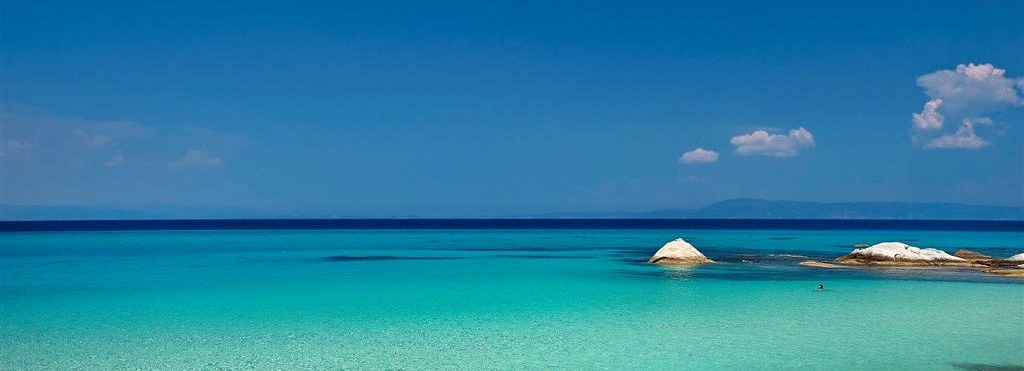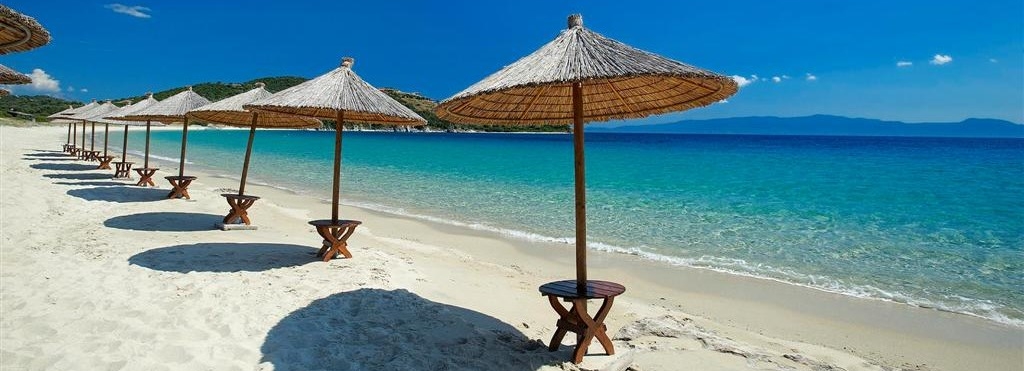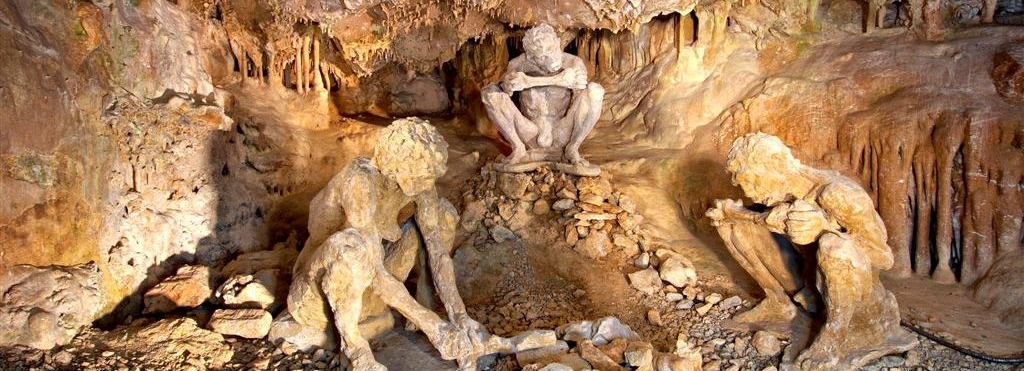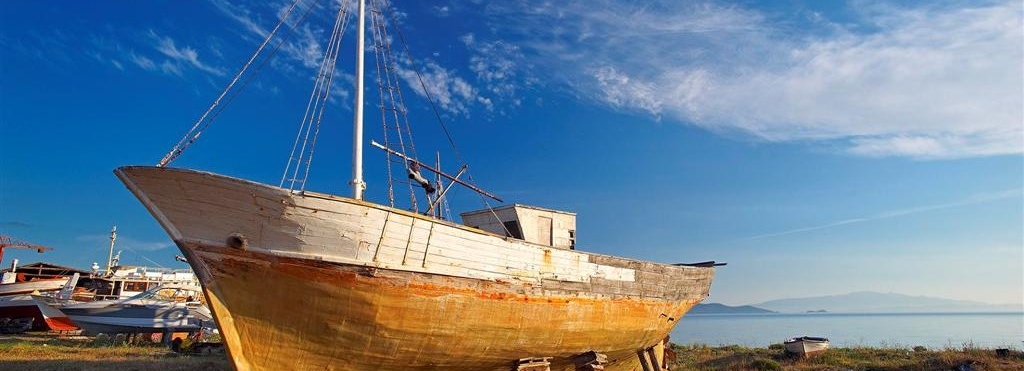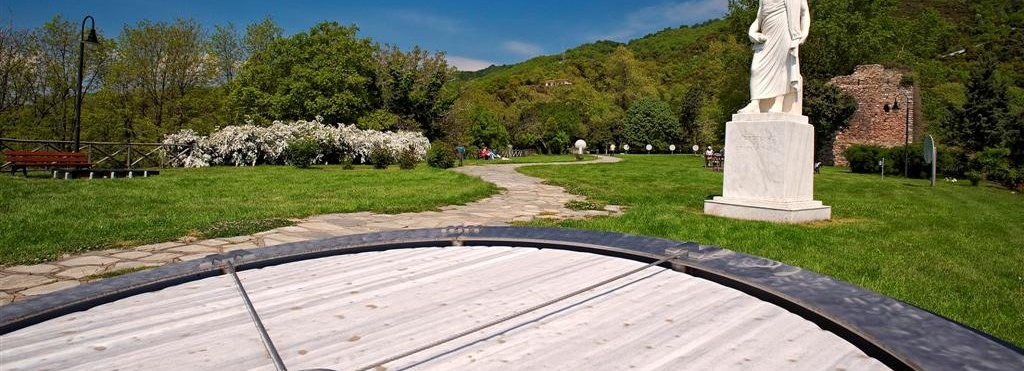One of the most significant temples located in Halkidiki is that of Zeus Ammon, which was unearthed in 1969, due to the erection of an hotel, where the foundations of this worship building suffered some damages. Excavations continued during the following years, 1970, 1971 and 1973, and established that founded in this area of the peninsula of Kassandra during the second half of the 8th century BC, by colonists from Euboea who had settled in the city of Afytis, was a sanctuary for Dionysus, who was worshiped with the Nymphs in a cave beneath the rock on the southwestern slope of the site. The worshiping in the case, reached by the devotees by means of chiseled stairs, continued in the coming centuries and lasted until the 2nd century AD.
Founded towards the end of the 5th century BC, on the level area at the northern part of the site was a sanctuary for deity Zeus Ammon, who originated from Egypt. Originally a built shrine was erected, but later on, in the second half of the 4th century BC built adjacent to it was a Peripteros (a kiosk temple) in Doric style with stone entablature. This was later, at the end of the 3rd-early 2nd century BC, replaced by another, a marble one, after the possible destruction suffered by the temple. Its roof was adorned by earthen tiles, in relief and in color. The restoration of its design has been made possible based on the architectural elements which have been located scattered around.
In the Roman Era (1st – 2nd centuries AD) the temple was retrofitted and its material was used to build two tiers at its southern narrow side, while between them, on top of the older shrine, another small shrine was constructed. The devotees must have sat in this open-air space as they heard some happenings. As testified by the findings, this roman phase of the sanctuary must have lasted until the era of the heirs of Constantine the Great, when it must have been finally and definitely demolished. Part of an early Christian bath unearthed at the northern end of the site may be possibly associated with the continuation of the worship in the early Christian era and perhaps even later, during the middle Byzantine period. The abandonment of the sanctuary was followed by the picking of its building materials by monks from the Russian monastery of Panteleimon, since the area had become a monastery dependency of said monastery.
